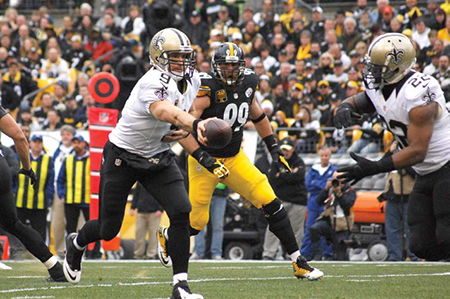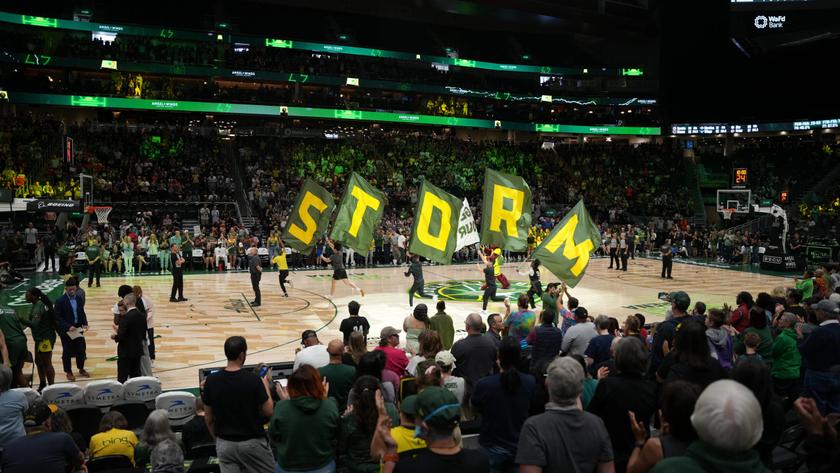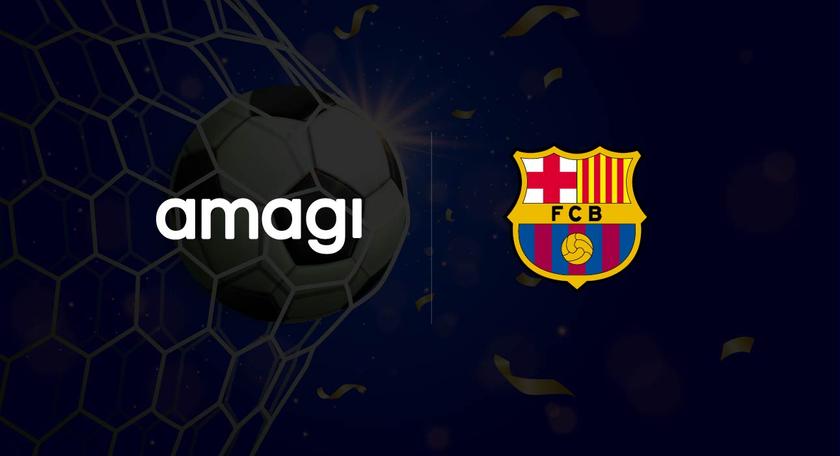Pay-TV’s Role in the Future of Sport
Simply buying more rights is no longer an attractive option

Live sports was once described by Rupert Murdoch as the “battering ram” that would drive the expansion of global pay-TV networks. At the time, News Corp. held rights to the Premier League, Rugby Union and Rugby League in the U.K. through BSkyB, a partnership with ESPN in the United States and significant agreements throughout Asia-Pacific.
History has found Mr. Murdoch’s predictions to be true, especially given the level of investment that pay-TV providers now make into sport. Sky alone bid £3.6bn for the latest Premier League rights in the U.K., an investment that realistically only a tier-one operator can reasonably afford. However, this is changing.
Driven by the increasing availability of high-quality broadband and the shift in consumption habits towards multiplatform and device viewing, the proliferation of new sports OTT services poses a very real threat and calls into question the future role of sports in pay-TV. According to the Global Market for Premium Sports OTT Services report—part of the 2019 Pay-TV Innovation Forum—a quarter of the global top 100 leagues and federations are now offering paid OTT services.
Now, 60% of the top 10 leagues by revenue globally offer a paid OTT service, including the NFL, NBA and Formula 1, while there are ongoing discussions with the NHL and others exploring similar options. Bespoke DTC aggregator platforms, such as DAZN, alongside growing investment from Amazon and other major players, means that pay-TV providers are facing unprecedented competition.
The problem is that rights cost money. As the sports rights come up for renewal, they will likely cost more resulting in increased competition for these rights. Providers therefore need to rethink and innovate their sports content strategy and take back control and ensure they stay relevant for a user base that is much more likely to churn than previous generations.
There’s lots of opportunities for operators prepared to adapt and innovate for the new era of active sports content monetization. In social media and sport for example, Facebook is bidding for far fewer streaming sports opportunities, instead focusing on becoming a source of editorialized fandom content, which is easier and more profitable to monetize. For pay-TV operators, we have found five areas with the greatest opportunities:
PARTNERSHIPS
Operators that are innovative in their approach can be highly attractive partners to sports OTT providers, who often suffer from the challenges of churn as fans switch services on and off. Partnering with operators that are successfully managing subscribers enables operators to tap into a user base that is already invested—and potentially interested in additional low-cost offerings. We’re already seeing major OTT providers such as Netflix successfully launch on operator networks, and sports OTT providers have the potential to emulate these opportunities.
There are also opportunities to work with smaller leagues as a means to reach niche global audiences. The Professional Squash Association, for example, has launched SQUASHTV in Europe through a partnership with Eurosport, enabling it to reach a targeted group of enthusiastic fans via one network with reach into many operators throughout the region.
For the operator, partnerships large and small, from OTT providers to niche sports leagues, enables it to become the super-aggregator of sports content, delivering new and innovative bundles of premier and niche sports content all in one place.
ADD-ON SERVICES
Alongside full league or OTT provider partnerships, operators—particularly with triple and quad-play offerings—can work with rights holders to offer add-ons that can enhance the existing experience for the most avid fans.
For example, Liberty Media has created distinct OTT propositions for Formula 1. Designed for superfans, F1 TV Access and F1 TV Pro offer complimentary and additional live coverage respectively. Second screen capabilities can be hugely valuable to the most devoted fans and will keep them coming back for more.
OPERATOR-OWNED OFFERINGS
Another option for operators—particularly telcos and vMVPDs with multiplay services—is to launch their own aggregated bundles of content and channels, as Sky and Dish Network have done with Now TV and Sling TV respectively. Doing so gives consumers access to a wide range of sports content—sometimes even the same matches as the traditional packages in a much more nimble and affordable way, effectively matching the services that distributors and aggregators provide.
REBUNDLING
While sport is still one of the most important types of content, pay-TV providers worldwide need to adapt how they package and offer it to consumers. As more offerings launch to provide services bespoke to a certain group of fans or those who only want to access content at specific times, operators are facing increased churn.
To counter this trend, the theory of skinny bundling needs to evolve and work for live action too. In Australia, Foxtel has launched Kayo Sports—a dedicated sports OTT service that repackages and offers content available on traditional Foxtel pay-TV services into a standalone offering that competes with third-party providers.
Such models, whether offering content that the operator has direct rights to or through a third-party network, can be powerful tools to encourage consumers to access the content they want easily using a new, affordable and appealing pricing.
BUSINESS TRANSFORMATION
Truly innovative operators don’t just think about technology enhancement, but about transforming their entire business to meet the needs of today’s subscriber, and that includes the sports content they offer. It should be treated as an asset and must be effectively managed. That means letting go of licenses when they’re no longer financially viable.
According to the Global Market for Premium Sports OTT Services report, indications show that pay-TV providers are—and will continue—to let go of the unprofitable investments in tier-two sports rights. Instead, they’re focusing spending on tier-one and niche tier-two that attracts both the large audiences and the under-served customers who will appreciate getting easy access. Doing so will also enable them to drive customer acquisition.
Data is also an important part of the pay-TV provision. Operators hold huge amounts of data, though many have historically held it in silos without harnessing the potential beneficial insights. However, if they take action to learn how subscribers interact with the content, they can build valuable recommendation engines, promote relevant content, offer intelligent pricing bundles based on consumption habits and encourage viewers to keep coming back. The most effective standalone sports OTT providers are already using data effectively; it’s time for operators to do the same.
Tier-one sports is the last bastion of pay-TV, and it’s vital for operators that they retain these rights—especially as digital-first platforms like Amazon begin launching successful bids for live content. If operators want to avoid relegation as providers of premium live sports content, they need to act. Simply buying more rights is no longer an attractive option, they need to be innovative, nimble and proactive businesses if they’re to maintain their leading position in the race for more customers in an increasingly competitive landscape.
Anthony Smith-Chaigneau is the senior director, Product Marketing, for NAGRA’s pay-TV and OTT Solutions unit. He is recognized as a leading evangelist for advanced-service television technologies, having held several senior management roles in leading digital TV companies since 1999, including the DVB consortium, where he was heavily involved in international-standardization efforts across the world, including ATSC and CableLabs.
Get the TV Tech Newsletter
The professional video industry's #1 source for news, trends and product and tech information. Sign up below.













